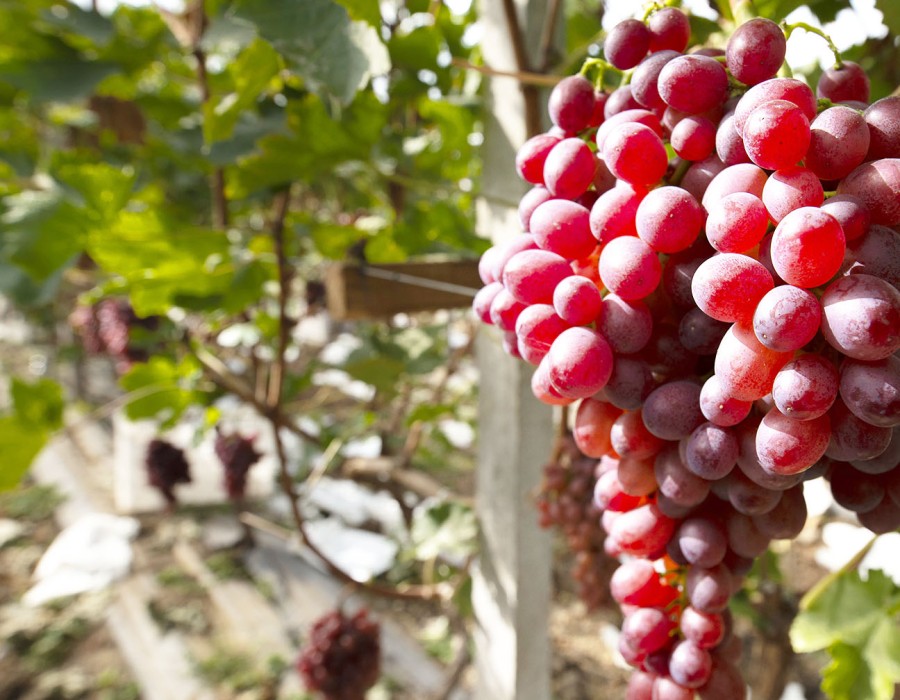Seedless grapes, the epitome of nature's innovation, have become a beloved fruit worldwide. Renowned for their sweet juiciness and convenient consumption, these grapes have transformed the way we enjoy this age-old fruit. From their origins to cultivation methods, let us embark on a delightful journey through the realm of seedless grapes.
Cultivation and Varieties
The cultivation of seedless grapes involves careful breeding techniques. Through a process called cross-pollination, grape breeders select parent varieties with desired characteristics, such as sweetness, color, and texture. By combining these traits, they develop new seedless grape varieties. Today, numerous seedless grape varieties have emerged, each with its own unique flavor profile and appearance. Other well-known varieties include Crimson Seedless, Red Globe, and Flame Seedless, which exhibit vibrant colors and exceptional taste.
The Science behind Seedlessness
Seedlessness in grapes is not a result of genetic modification but rather a natural occurrence. Known as stenospermocarpy, it is a condition where the embryo inside the grape seed does not develop fully. This condition can be a result of genetic factors or environmental influences during grape development. The lack of seeds contributes to the grape's larger size and juiciness, making them a favored choice for snacking, cooking, and winemaking.
Culinary Uses and Health Benefits
Seedless grapes have found their way into a plethora of culinary creations. Their sweet, bursting flavor makes them a popular addition to fruit salads, desserts, and baked goods. Moreover, seedless grapes are perfect for winemaking, as their absence allows for a smoother texture and cleaner taste. Aside from their culinary appeal, seedless grapes offer notable health benefits. Packed with essential vitamins, minerals, and antioxidants, they support overall well-being. Grapes are rich in polyphenols, which have been linked to reducing the risk of heart disease and certain types of cancer. They are also a great source of dietary fiber, aiding digestion and promoting a healthy gut.
Sustainability and Global Impact
Seedless grapes have gained global recognition and have become a vital component of the agricultural industry. Cultivating these grapes on a large scale requires meticulous farming practices, including proper irrigation, pest control, and soil management. Sustainable farming methods, such as organic practices and integrated pest management, are employed to minimize environmental impact and ensure the production of high-quality grapes. Seedless grapes have undoubtedly revolutionized the way we enjoy this beloved fruit. From their ancient beginnings to modern cultivation techniques, these luscious gems have captured the hearts and taste buds of people worldwide. Whether enjoyed as a snack, a culinary ingredient, or a glass of fine wine, seedless grapes continue to bring joy and nourishment to our lives, a testament to the remarkable wonders of nature.
For More Info:-





Comments